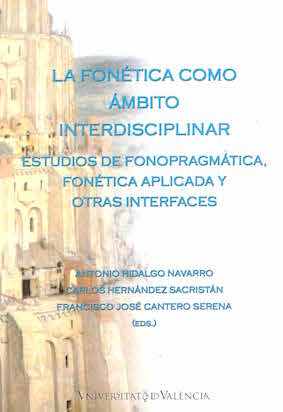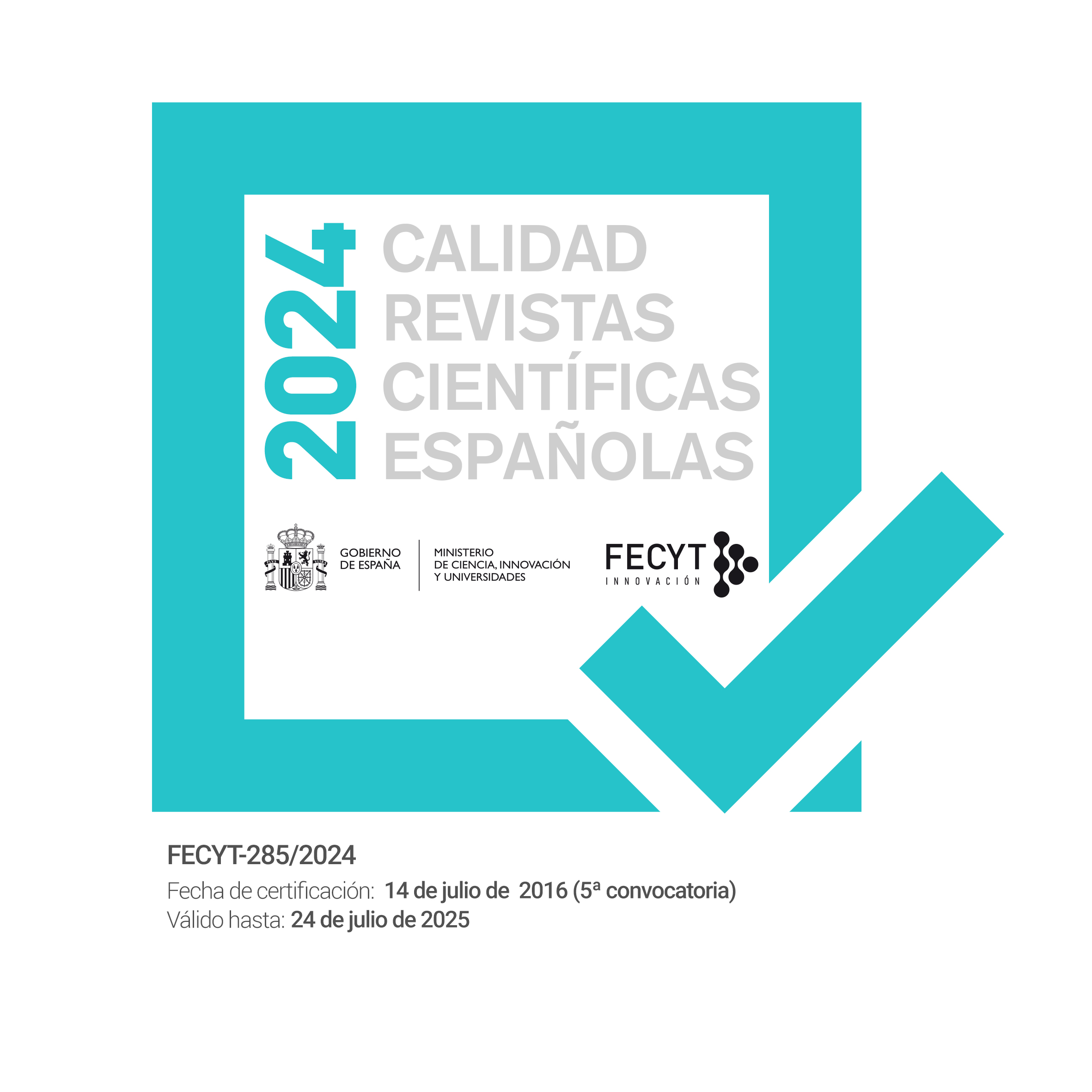More on the imperative intonation. Data from Mexican Spanish
DOI:
https://doi.org/10.7203/qfilologia.19.5192 Abstract
Abstract
The goal of this paper is to analyze the “imperative” intonation in Mexican Spanish, in the context of directive speech acts, constituted by a series of sub-components: advocations, preparations, central sub-acts (commands or requests), repairs, and justifications. It seems better to speak of a volitional intonation or a directive intonation. The hypothesis is that there is a relative prosodic harmony among the different components of the speech act, while every component has specific features. The article reviews previous works, presents the methodology, and analyzes data from seven different Mexican cities. The discussion considers the observations from an optimality theory point of view. Variability among components of the act and among examples is recognized, even though there is enough order through the data.
Keywords: imperative intonation; volitional prosody; commands and requests; optimality and prosody; Mexican Spanish.
 Downloads
Downloads
Downloads
Published
How to Cite
-
Abstract409
-
PDF (Español)296
Issue
Section
License
 Este obra está bajo una licencia de Creative Commons Reconocimiento-NoComercial-SinObraDerivada 4.0 Internacional.
Este obra está bajo una licencia de Creative Commons Reconocimiento-NoComercial-SinObraDerivada 4.0 Internacional.
Authors who publish with this journal agree to the following terms:
- Authors retain copyright and grant the journal right of first publication with the work simultaneously licensed under a Creative Commons Attribution License that allows others to share the work with an acknowledgement of the work's authorship and initial publication in this journal.
- Authors are able to enter into separate, additional contractual arrangements for the non-exclusive distribution of the journal's published version of the work (e.g., post it to an institutional repository or publish it in a book), with an acknowledgement of its initial publication in this journal.
- Authors are permitted and encouraged to post their work online (e.g., in institutional repositories or on their website) prior to and during the submission process, as it can lead to productive exchanges, as well as earlier and greater citation of published work (See The Effect of Open Access).




